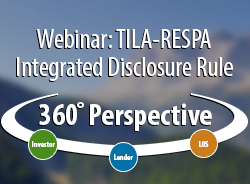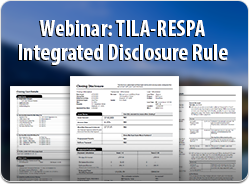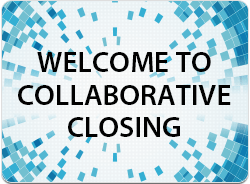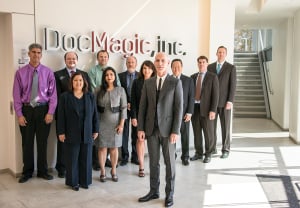Compliance Edge™ Webinar Series | TILA-RESPA Integrated Disclosure Rule | A 360° Perspective
 Join DocMagic on June 24th, 10AM PDT for a Compliance Edge™ Webinar!
Join DocMagic on June 24th, 10AM PDT for a Compliance Edge™ Webinar!
TRID Implementation: A 360° Perspective
This webinar will offer multiple perspectives for TRID implementation from several distinct vantage points in the mortgage industry. We're excited to feature a unique lineup of special guest speakers providing insight into lender, investor, and LOS company perspectives.
The webinar will focus on TRID pain points, working with vendors, changing processes and policies, educating staff, internal testing, and operational risk.
We will also provide the following tools to help you with your TRID implementation effort:
- A recording of the webinar
- The complete presentation deck


 Join DocMagic on June 4th for a
Join DocMagic on June 4th for a  Join DocMagic on May 27th for a
Join DocMagic on May 27th for a  Press Release:
Press Release: By Melanie Feliciano and Tim Anderson
By Melanie Feliciano and Tim Anderson Press Release:
Press Release: Our Collaborative Closing Solution is a seamless 2-Way data exchange between lenders and settlement providers!
Our Collaborative Closing Solution is a seamless 2-Way data exchange between lenders and settlement providers! By Phil Hall
By Phil Hall
 We've Made It Easy For You...
We've Made It Easy For You...
